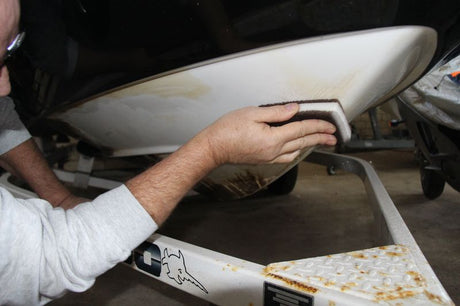
How do I clean the bottom of my boat?
Bioclean – The best boat cleaner for winter storage Prevent stubborn limescale, algae and scale with Bioclean , the most effective boat cleaner for the end of the boating season....
Christine Kramer
Bateau
Hollex anchor mushroom Mushroom anchor 3 kg PVC laminated
If you drive a boat that does not require a boating license and is only operated on inland waterways, it is not mandatory to have life jackets, fire extinguishers, etc. on board. Even paddles and an anchor are not mandatory , but this can be extremely useful and safe. You don't want to think about the engine stopping and you drifting to the side.
This is a guideline to determine the correct weight
Boat length Weight
Also known as an 'umbrella anchor', this anchor is a lightweight option with collapsible flukes that is ideal for small to medium sized boats. The name 'umbrella anchor' comes from the handy collapsible stem, which makes the anchor easy to store. Furthermore, thanks to its low weight, it can serve as an efficient stern anchor even on larger ships!
French anchors hold up well on hard AND soft bottom. Compared to, for example, the Danforth anchors, they are a bit more compact and the flutes are a bit thicker. It all looks just a little more solid.
The answer to that is actually no. For an anchor to work properly, a D ring chain and anchor line or anchor line weighted with lead is a prerequisite for properly towing an anchor.